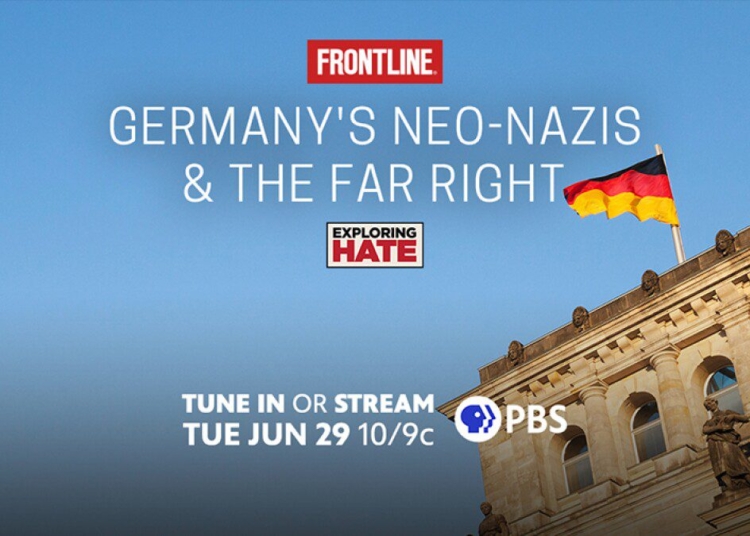“The War That Ended Peace” by Margaret MacMillan is a comprehensive exploration of the causes and consequences of World War I. MacMillan, a renowned historian, provides readers with a detailed account of the geopolitical landscape, key personalities, and socio-political factors that led to the outbreak of the war. The book’s structure follows a chronological order, presenting the events leading up to the war in a logical and engaging manner. Through meticulous research and analysis, MacMillan demonstrates that the war was not inevitable but a result of political miscalculations and a prevailing sense of reckless optimism. The book also delves into the aftermath of the war, discussing its long-term implications and societal changes. “The War That Ended Peace” is a must-read for anyone interested in understanding the complexities of World War I and its lasting impact on the world.
From the Frontlines: Exploring ‘The War That Ended Peace’ by Margaret MacMillan
The Background
World War I was one of the deadliest conflicts in human history, resulting in the loss of millions of lives and causing massive social, political, and economic upheaval around the world. In “The War That Ended Peace,” Margaret MacMillan delves deep into the causes and consequences of this catastrophic event that irreversibly shaped the 20th century.
The Author
Margaret MacMillan is a renowned historian and academic who specializes in international history and diplomatic affairs. She is the author of numerous highly acclaimed books, including “Paris 1919: Six Months That Changed the World.” With her extensive knowledge and meticulous research, MacMillan provides readers with a comprehensive account of the complex factors that led to the outbreak of World War I.
The Book’s Structure
“The War That Ended Peace” is organized chronologically, following the events leading up to the war in a logical and engaging manner. MacMillan begins by examining the geopolitical landscape in Europe at the turn of the 20th century, introducing readers to the major players, alliances, and tensions that set the stage for conflict.
Throughout the book, MacMillan focuses on key personalities, such as Kaiser Wilhelm II and Tsar Nicholas II, highlighting their roles in shaping international relations and creating an atmosphere of tension and mistrust. She also delves into the socio-political issues of the time, such as nationalism, imperialism, and colonialism, which exacerbated existing rivalries among nations.
The Causes of War
MacMillan explores the intricate web of alliances and entanglements that ultimately led to the outbreak of World War I. She examines the various diplomatic crises, such as the Moroccan and Balkan crises, as well as the arms race and naval competition between Great Britain and Germany.
By meticulously tracing the chain of events, MacMillan demonstrates that the war was not inevitable. Rather, it was a result of a series of political miscalculations, miscommunications, and a prevailing sense of reckless optimism that war could be controlled and limited in its scope.
MacMillan’s Analysis
What sets “The War That Ended Peace” apart is MacMillan’s insightful analysis of the different viewpoints and actions of the major powers leading up to the war. She avoids simplistic explanations and instead offers a nuanced understanding of the complexities involved.
MacMillan skillfully weaves together primary sources, including diplomatic cables, personal letters, and memoirs, to provide a multi-faceted perspective on the events. Her analysis highlights the multitude of factors that contributed to the collapse of international diplomacy, leaving room for conflict to escalate into a global catastrophe.
The Legacy
In the final chapters, MacMillan explores the immediate aftermath of World War I and its long-term implications. She discusses the Treaty of Versailles and its shortcomings, which many argue sowed the seeds for future conflicts, notably World War II.
MacMillan also examines the profound social and cultural changes brought about by the war. The collapse of empires, shifts in global power dynamics, and the erosion of traditional values all contributed to a new world order that emerged from the ashes of the Great War.
Conclusion
“The War That Ended Peace” is an essential read for anyone interested in understanding the complex dynamics and factors that led to World War I. MacMillan’s meticulous research, insightful analysis, and engaging writing style make this book accessible to both history enthusiasts and casual readers alike.
By shining a light on the failures of diplomacy, the consequences of nationalism and imperialism, and the role of personal ambitions, MacMillan reminds us of the importance of continually striving for peace and understanding in a world prone to repeat its past mistakes.












